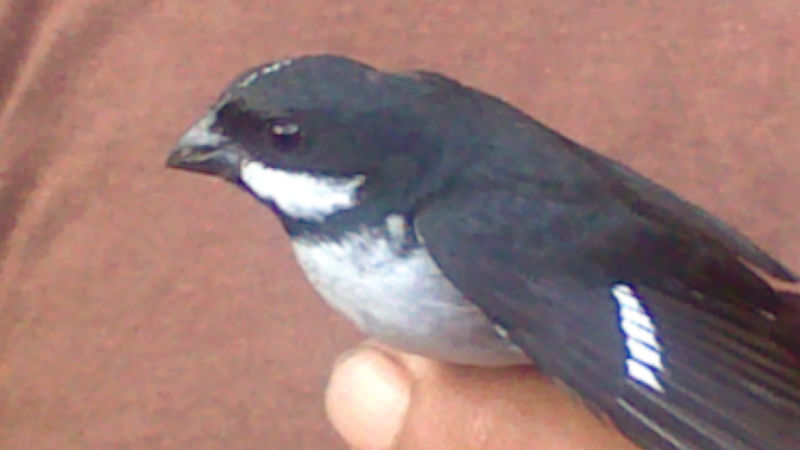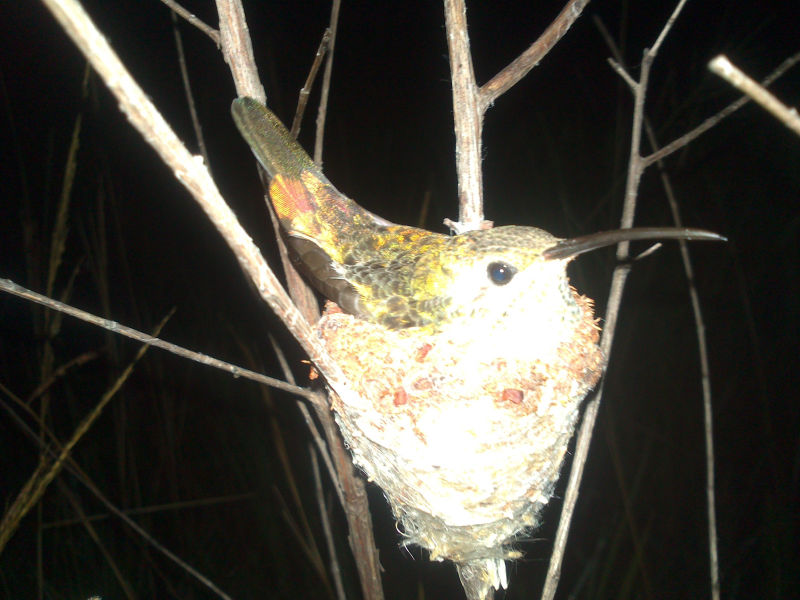ACHAWIB VILLAGE
ORIGIN AND MEANING OF VILLAGE NAME
The village got its name from a wild garlic named “Achawi’’ which found growing abundantly along the village creek and on Achawib mountains sides.
BRIEF HISTORY
Date: Before Richard Schomburgk first visit in 1842. Founders: the first set of people who settled in Achawib were the Atorad and its subtribe such as Dawirai and Lumdin. They later intermingle with the Macushis and the Wapishana people. The first settlers’ contemporaries with the Dutch Man De Rooge and Harvey Prideaux and Colin Melville the Scotsman.
As time roll on the Wapishanas came from Brazil to escape forced assimilation by the Portuguese settlers. they felt that this area called Achawib was good for farming and so settle here permanently.
Names of The First Household as Follows:
1. Anawan Chara
2. Tiber Sakun
3. Marasho
4. John Brown
5. Augusto Pinto
6. Joannis
7. Atta
8. Milian Mandook
9. Mandook
10. Joao Peixe
11. Tommy Thomas
GOVERNANCE
a. Toshao
b. Deputy Toshao
c. Secretary
d. Treasurer
e. Assistant Secretary/ Treasurer
f. Councilors
VILLAGE ORGANISATION
1. Achawib Women’s Sewing Group.
2. Parent, Teachers, and Friends Association
3. Achawib Sport Club
4. Churches: Roman Catholic, Seven Days Adventist and Christian Brethren
POPULATION
625 Present Population
SATELLITE COMMUNITIES
Bashaizon
MAIN ECOSYSTEM AND RESOURCE AREAS
1. Kowamaid – Handicraft materials
2. Kuyuwini – Fish
3. Tamtoon – Savannah Deer, Yesi, Turtle
ECONOMY AND LAND USE
1. Cattle Rearing
2. Fishing and Farming
3. Mining
SERVICES AND FACILITIES
1. Achawib Nursery School
2. Achawib Primary School
3. Community Health Center
4. Radio set and Cell Phones
NAMES OF OLD SETTLEMENT
1. Po’irbara
2. Chibiraire
3. Shibobnao
4. Cha Ko’ir toon
5. Channa
At these places graves and fruits trees can still be found. Fruits trees include: Jamoon, Mango, Cashew.
NAMES OF FORMER TOSHAOS
1. Milian Mandook
2. Indace Johnson
3. Andrew Thomas
4. Lionel Constancio
5. Pedro Thomas
6. Ernest Johnson
7. Leonard Wilson
8. Reginald Wilson
9. Sidwell Johnson
10. Leonard Johnson Present toshao
SPORTS
Sports Activities include: (a) Soft Ball Cricket – Male and Female
(b) Volley ball _ Male and Female
(C) Football - Male and Female
(d) Athletics - Track and field young and old
COMMUNITY PROJECTS.
1. Cattle Rearing
2. Village Shop
3. Sport Ground
WILDLIFE INTEREST AND TOURIST ATTRACTIONS
Rock Carving


HOW DO WE CARE FOR OUR RESOURCES?
1. Use only enough for our needs and avoid wasting
2. Sharing between neighboring communities
3. Documenting where resources are found in abundance.
4. Avoid deforestation
5. Allowing the land to falloa